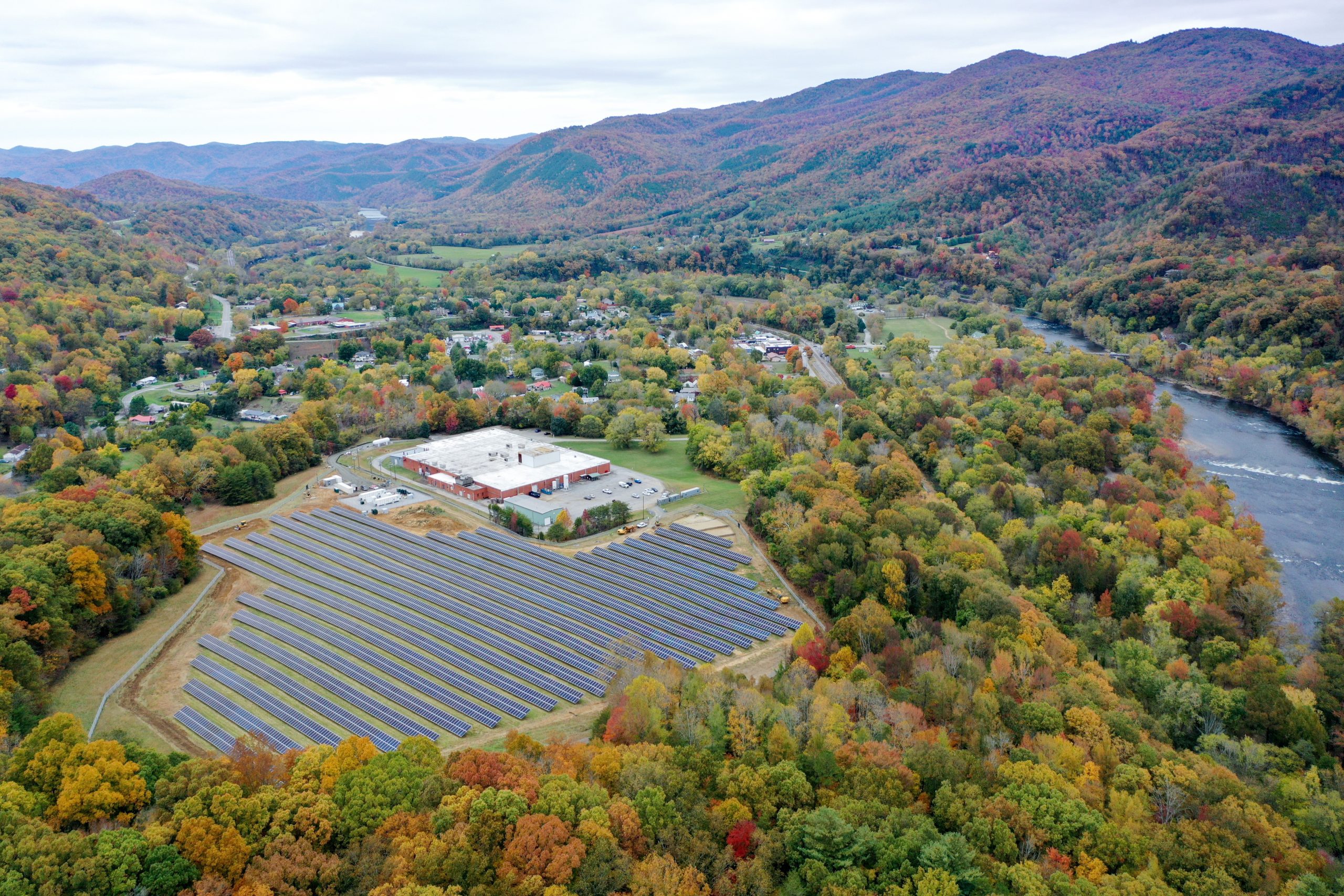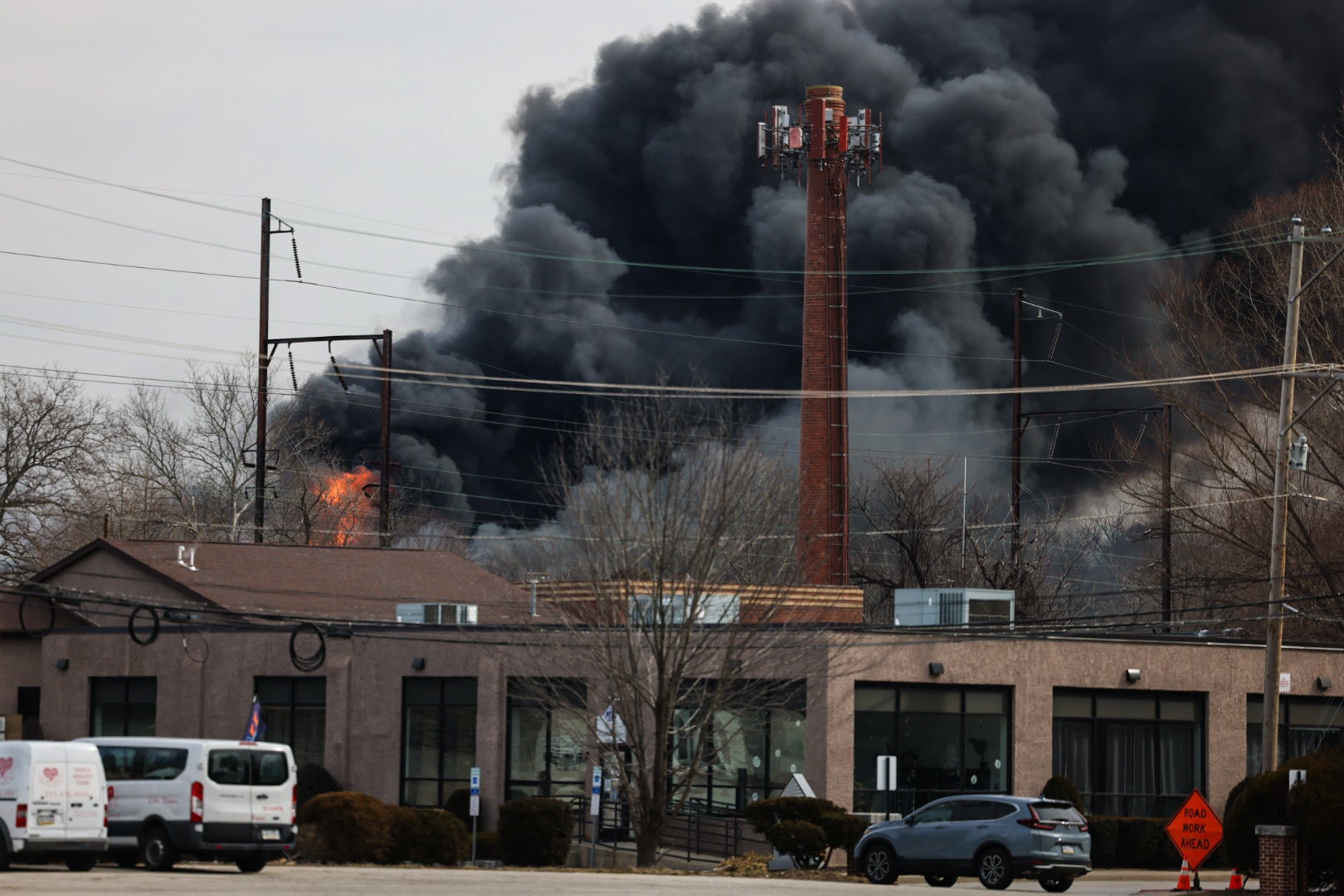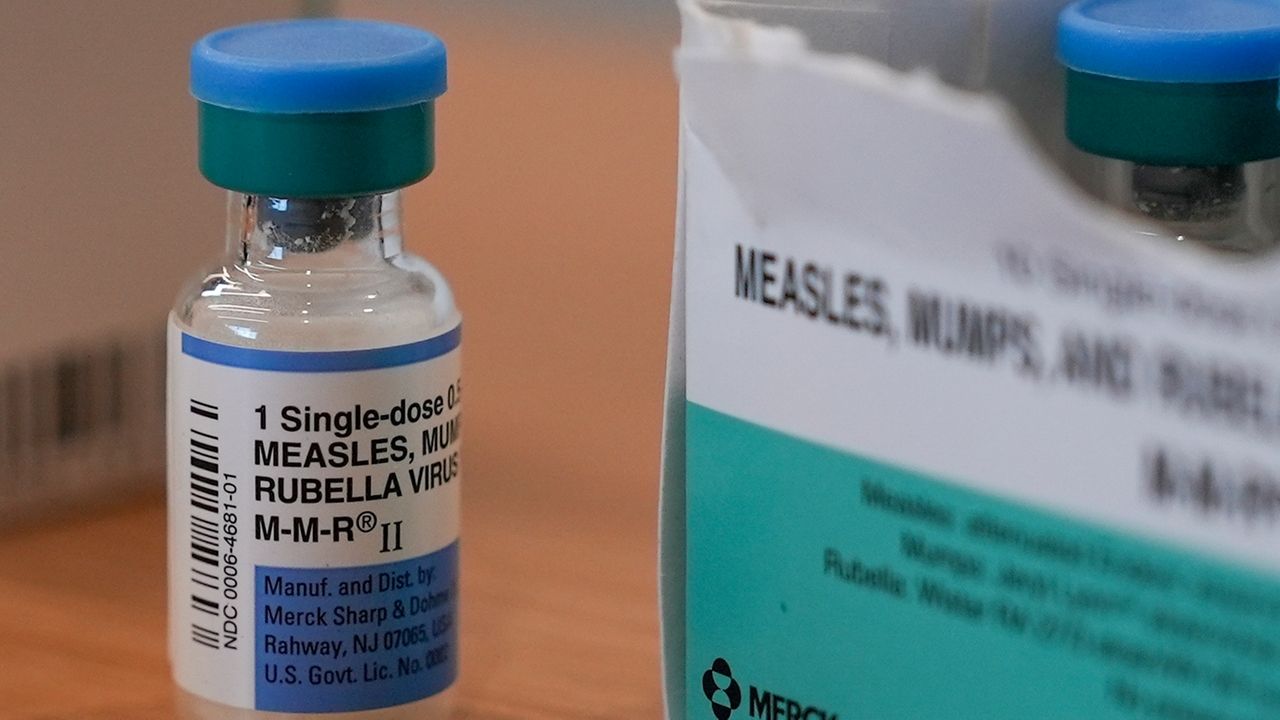Solar Saviors: How Rural Clinics Are Powering Through Disaster Zones

In the face of increasing climate challenges and humanitarian crises, innovative technologies are emerging as lifelines for communities in disaster-prone and underserved regions. Solar microgrids and cutting-edge technological solutions are revolutionizing healthcare delivery, offering hope where traditional infrastructure fails.
Imagine a remote village where electricity is unreliable and medical facilities are scarce. Solar microgrids are changing this narrative, providing sustainable and resilient power solutions that can transform healthcare access. These decentralized energy systems not only generate clean electricity but also create a foundation for advanced medical technologies to thrive.
Modern medical technologies are now being designed with adaptability in mind. Portable diagnostic tools, telemedicine platforms, and solar-powered medical equipment are breaking down barriers to healthcare in the most challenging environments. These innovations mean that communities previously isolated from quality medical care can now receive critical health services.
The potential impact is profound. Solar-powered clinics can now operate sophisticated medical equipment, store temperature-sensitive medications, and maintain communication systems during natural disasters or emergencies. This technological approach goes beyond mere power generation – it's about creating a comprehensive healthcare ecosystem that is robust, responsive, and truly patient-centered.
As climate change and global uncertainties continue to challenge traditional healthcare models, these technological solutions represent more than just innovation. They are a beacon of hope, demonstrating how human ingenuity can overcome seemingly insurmountable obstacles and bring quality healthcare to the most vulnerable populations.








